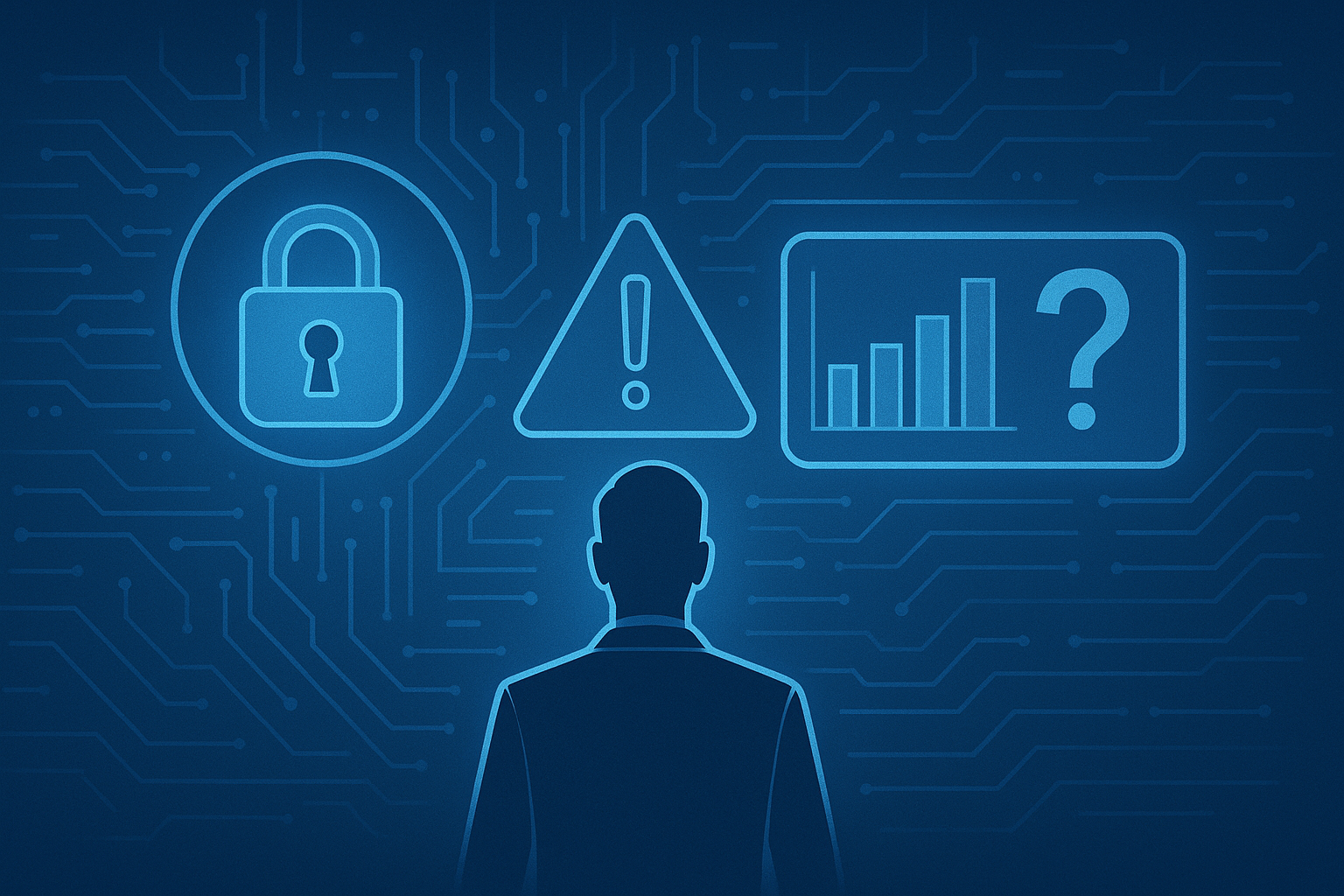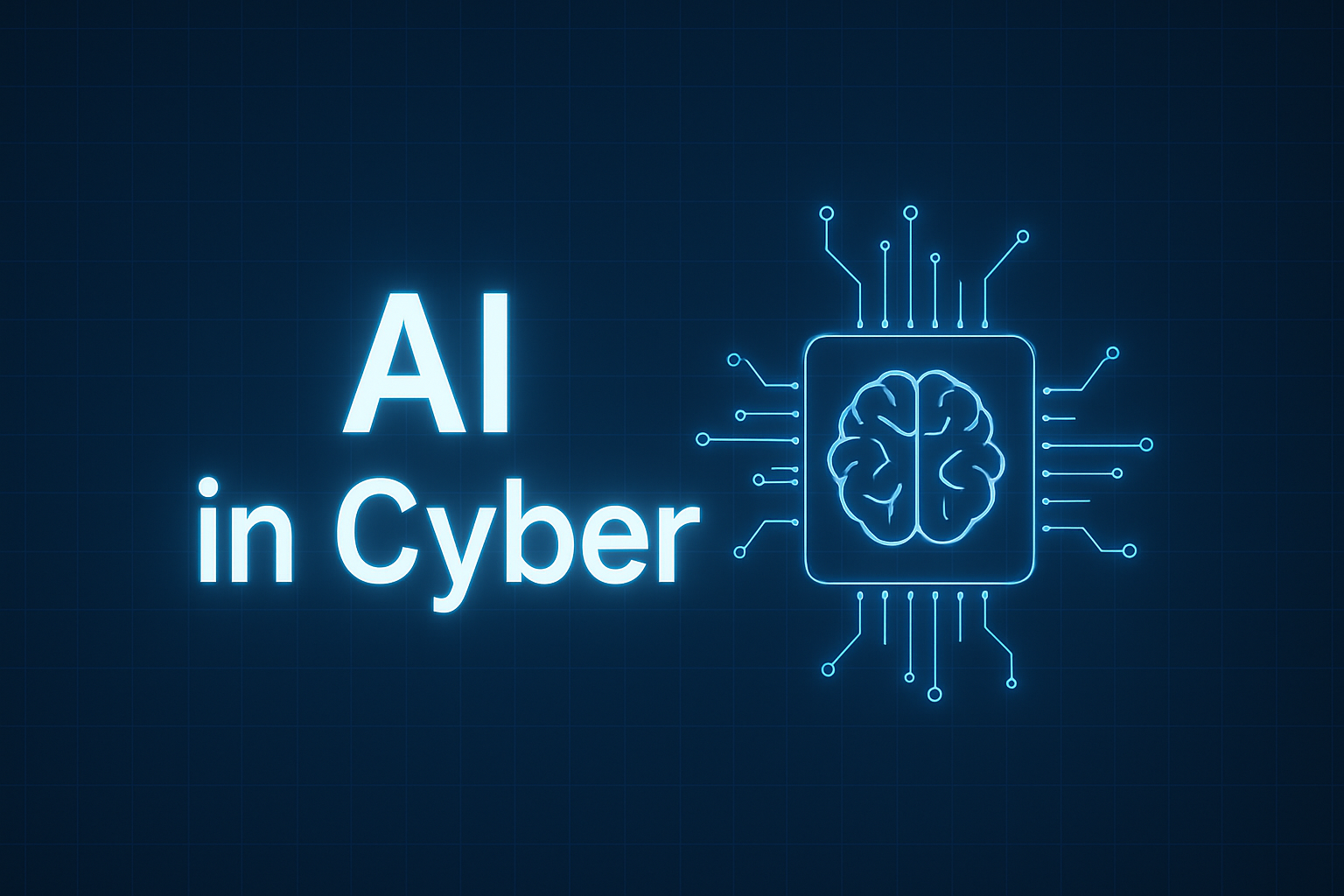Cybersecurity Governance, Risk, and Compliance
The idea of Governance, Risk Management, and Compliance (GRC) has been fundamentally integrated into the idea of how a business should be run for centuries. While it hadn’t been officially acknowledged as a solution with a name, it was implemented on every level across every business. Any policy, government law, regulation, company code of conduct, and business risk would fit into the umbrella of a GRC framework, even if it was never referred to as such. Well before the dawn of the digital age and cloud-based processes and technologies, bookkeeping, financial reports, company rules, and calculating risk and controls in business were standard to properly and efficiently scale an organization. As technologies and the size of the market grew, the need to have GRC as a tool in the marketplace was introduced in 2002 by Forrester in the wake of multiple disasters that rocked the foundation of the world as we knew it.
After 2002, GRC systems became a consumable utility in the marketplace, allowing businesses to manage their business processes digitally; for the time being, this was sufficient to operate a business. There was less data to worry about, and modular tools allowed practitioners to simultaneously see a specific section of their business. However, as regulatory requirements changed and the need to operate businesses grew, the time needed to analyze data in GRC software grew. This trend has only caused frustration among cybersecurity professionals and regulatory compliance teams working with GRC solutions as a means to scale and operate their security efforts.
[What is GRC?]
Governance
Governance is the process through which executive management directs and manages a large enterprise at scale using a combination of hierarchy and policies. Corporate governance ensures that senior management has the most current information to effectively make decisions and inform the company's strategy.
Risk Management
GRC Risk Management is the process of quantifying, evaluating, and prioritizing potential assessed risks to an organization based on its entire operation. Proper risk management practices require that an organization make coordinated and fiscally responsible choices to utilize resources in a way that controls, monitors, and mitigates security risks that can have negative consequences for modern business.
Compliance
Compliance programs are the rules of the market, government, or industry in which the organization operates. This is beneficial to ensuring continuity between organizations in the same field and ensures a safe, equal playing field for consumers and companies associated with an organization. In the case of cybersecurity, compliance requirements are designed to ensure that consumers can operate with an expected degree of trust in the organization and that their data is safe from theft.
While these individual applications may have been sufficient to run a business in the past, they leave too many security gaps to supplement an organization's operations in today’s landscape. The GRC meaning and GRC tool definition are wrought with inefficiencies for business management. The components that make up GRC do not communicate with each other and contain tools that act independently instead of in unison.
Modern GRC Cybersecurity
Through our research, we’ve found countless GRC programs use buzzwords such as: ‘organization GRC’, ‘compliance GRC’, or ‘enterprise GRC’, but don’t aggregate data in a feasible and readable way. Charts in GRC tools are presented in complex, time-consuming metrics that need to be mapped and do not work across other GRC tools in unity.
Additionally, legacy GRC tools do not operate interchangeably, limiting visibility across lines of business. This means everything is segmented, further costing resources and increasing the likelihood of errors over time when using a GRC tool. These headaches often result in security teams using spreadsheets to determine risk assessments rather than a GRC system's compliance tool.
For any business, large or small, running an information security initiative off a spreadsheet is a static, dated, and flawed process. By adopting an integrated mindset and utilizing an enterprise risk management solution, you can gain access to your organization's posture as a whole in a way that can align your teams to your business objectives.
One of the largest obstacles to using GRC efficiently in today’s marketplace is that it’s incredibly time-consuming and costly for any organization. Proving corporate compliance across frameworks in GRC can take several months, sometimes upwards of a year, to conduct a full series of cyber risk assessments. Cross-referencing GRC efforts also requires a new workflow, resulting in additional time, labor, and resources.
Why Cyber Risk Management Is The Future
While GRC and cyber risk management aim to secure an organization, they differ in scope and focus. GRC offers a broad framework encompassing cybersecurity and areas like financial reporting and legal compliance. Cyber risk management, on the other hand, takes a laser-focused approach to identifying, assessing, and mitigating risks specifically related to IT, data, and cyber.
This specialization gives cyber risk management a key advantage: efficiency. GRC, by its very nature, is cumbersome. Its wide-ranging approach can lead to scattered efforts and a lack of prioritization. Cyber risk management, however, streamlines the process by concentrating resources on the most critical threats – those targeting IT infrastructure and data. This targeted approach allows for a quicker response time to emerging threats and a more efficient allocation of resources.
Furthermore, GRC's emphasis on compliance can sometimes lead to a check-the-box mentality. Organizations might focus on meeting regulations without fully understanding the underlying risks. Cyber risk management fosters a deeper understanding of the threat landscape, enabling proactive measures to be taken beyond just meeting compliance requirements.
While GRC provides a valuable framework, cyber risk management offers a more efficient and effective approach to securing an organization's digital assets. Its targeted focus and emphasis on understanding true risks streamline the process and empower organizations to stay ahead of evolving cyber threats.
CyberStrong as a Cyber Risk Management Solution
If your security team has been considering using a GRC company or is looking for a better way to optimize and integrate its cybersecurity efforts beyond GRC capabilities, shift to integrated cyber risk management with CyberStrong.
CyberStrong can visualize your organization’s cybersecurity posture, perform internal audits, manage risk, and translate cyber risk in a business context. It processes and automates many of the menial tasks on the backend so your security team can focus on filling in gaps in your organization’s security initiatives. Fully integrated solutions work in real-time for today’s landscape, not GRC tool suites. If you’re curious about how CyberStrong can help accelerate your organization’s security efforts, schedule a conversation.





.png)
.png)
.png)
%201.png)
.png)



